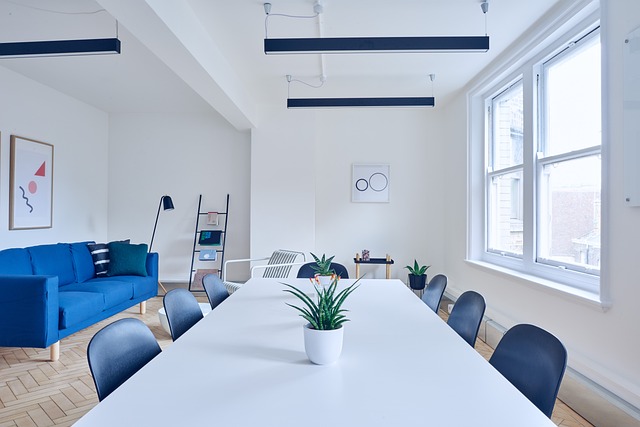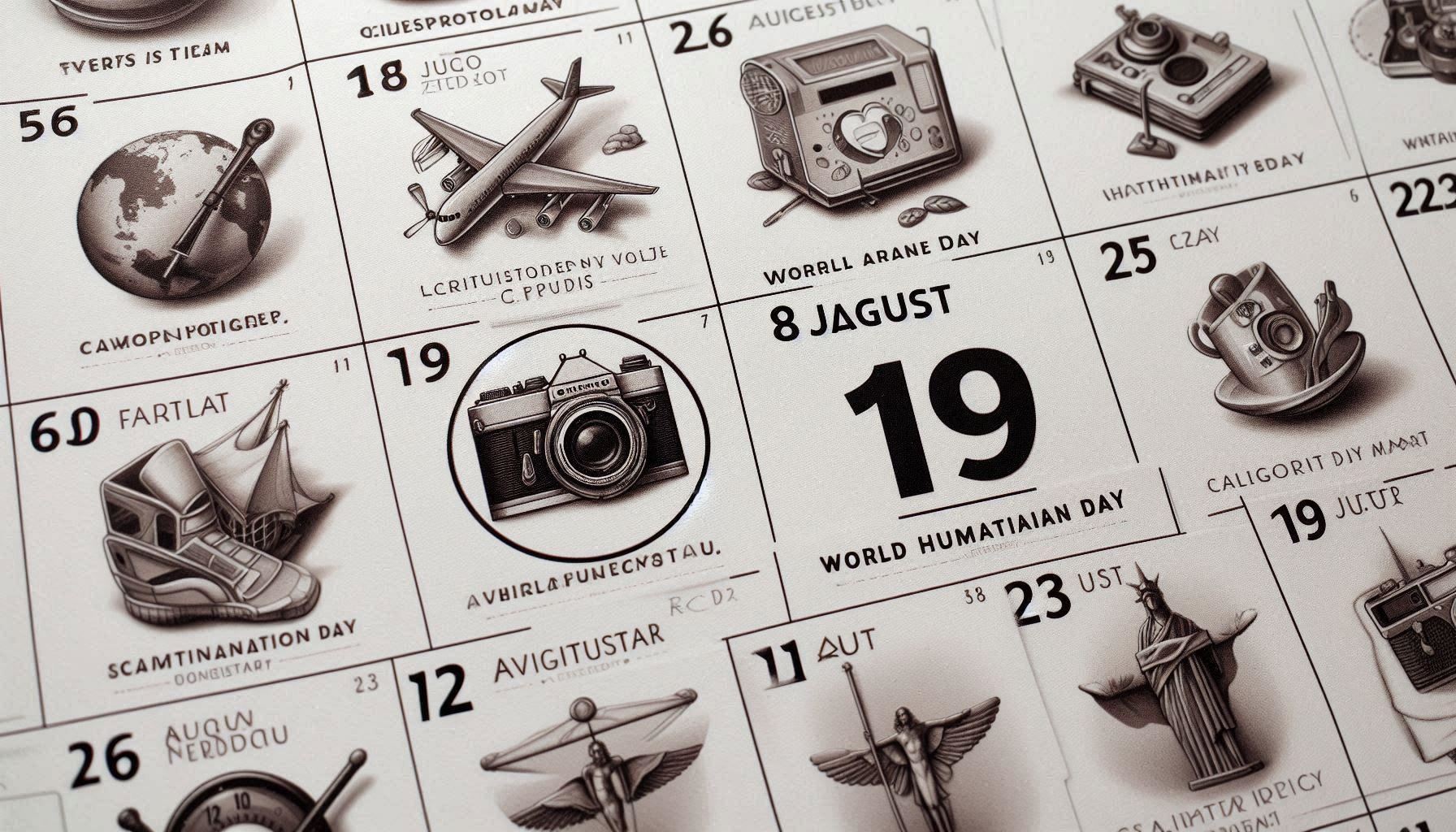The Art of Creating Seamless Digital Experiences: A Journey Through User Experience Design
Imagine a website that’s easy to navigate, an app that feels intuitive, and a product that meets your every need. These are all examples of excellent user experience (UX) design, a discipline that’s shaping the digital world around us.
The Evolution of UX Design
UX design has its roots in the early days of computing, when engineers realized that users needed more than just functional software. In the 1970s, Xerox PARC researchers pioneered graphical user interfaces (GUIs), making computers friendlier and more accessible. Years later, the rise of the internet brought a surge of new challenges for UX designers, as websites grew increasingly complex and users demanded seamless experiences across multiple devices.
Current Trends in UX
Today, UX design is a rapidly evolving field, driven by technological advancements and changing user expectations. Some of the latest trends include:
- Personalized Experiences: UX designers are leveraging data, AI, and machine learning to create tailored experiences for individual users.
- Voice User Interfaces (VUIs): Voice assistants and smart speakers are changing how we interact with devices, leading to the rise of VUI-optimized design.
- Augmented and Virtual Reality (AR/VR): Immersive technologies like AR and VR are offering new possibilities for enhancing user experiences.
Challenges and Solutions
UX designers face a wide range of challenges, including:
- Complexity: Modern websites and apps can be highly complex, making it difficult to ensure a seamless experience.
- Cross-Device Compatibility: Users expect consistent experiences across all devices, from smartphones to laptops to smart TVs.
- Accessibility: UX designers must ensure that their designs are inclusive and accessible to users with disabilities.
Case Studies and Examples
Google Maps: Google Maps’ intuitive navigation and personalized recommendations make it a prime example of excellent UX design.
Spotify: Spotify’s seamless music streaming experience and personalized playlists demonstrate the power of data-driven UX design.
Best Practices for UX Designers
- User Research: Put users at the center by conducting thorough research to understand their needs and motivations.
- Prototyping and Testing: Create interactive prototypes to test your designs and gather feedback from users.
- Iterative Design: Continuously improve your designs based on user feedback and data analysis.
Future Outlook
UX design will continue to evolve as technology advances and user expectations change. Some predictions include:
- AI-Driven Design: AI will play an increasingly significant role in personalizing experiences and optimizing UX.
- Ethical Considerations: UX designers will need to address ethical concerns surrounding data privacy and manipulation.
- Seamless Multi-Experience: Users will expect cohesive experiences across all digital touchpoints, including physical products and services.
Oceanside: A Hub of User Experience Innovation
In the world of UX design, Oceanside has emerged as a vibrant hub of innovation. The city is home to several UX agencies and research centers, and its proximity to San Diego’s tech scene fosters collaboration and the exchange of ideas. Key advancements from Oceanside include:
- Nielsen Norman Group: Founded in Oceanside, Nielsen Norman Group (NN/g) is a leading UX research and consulting firm.
- University of California, San Diego (UCSD): UCSD’s Human-Computer Interaction Lab conducts groundbreaking research on UX design and human factors.
- UX Design Meetups: Oceanside hosts regular UX design meetups, bringing together professionals to share knowledge and best practices.
Summary
User experience design is an essential discipline that creates seamless and engaging digital experiences. From the early days of GUIs to the latest trends in AI and immersion, UX design has evolved to meet the changing needs of users. By embracing best practices, addressing challenges, and staying abreast of future trends, UX designers can create products and services that delight users and drive business success.
Remember, UX design is not just about making things look pretty; it’s about understanding users, meeting their needs, and creating experiences that make their lives easier and more fulfilling. As technology continues to advance and user expectations evolve, the role of UX designers will only become more critical.








